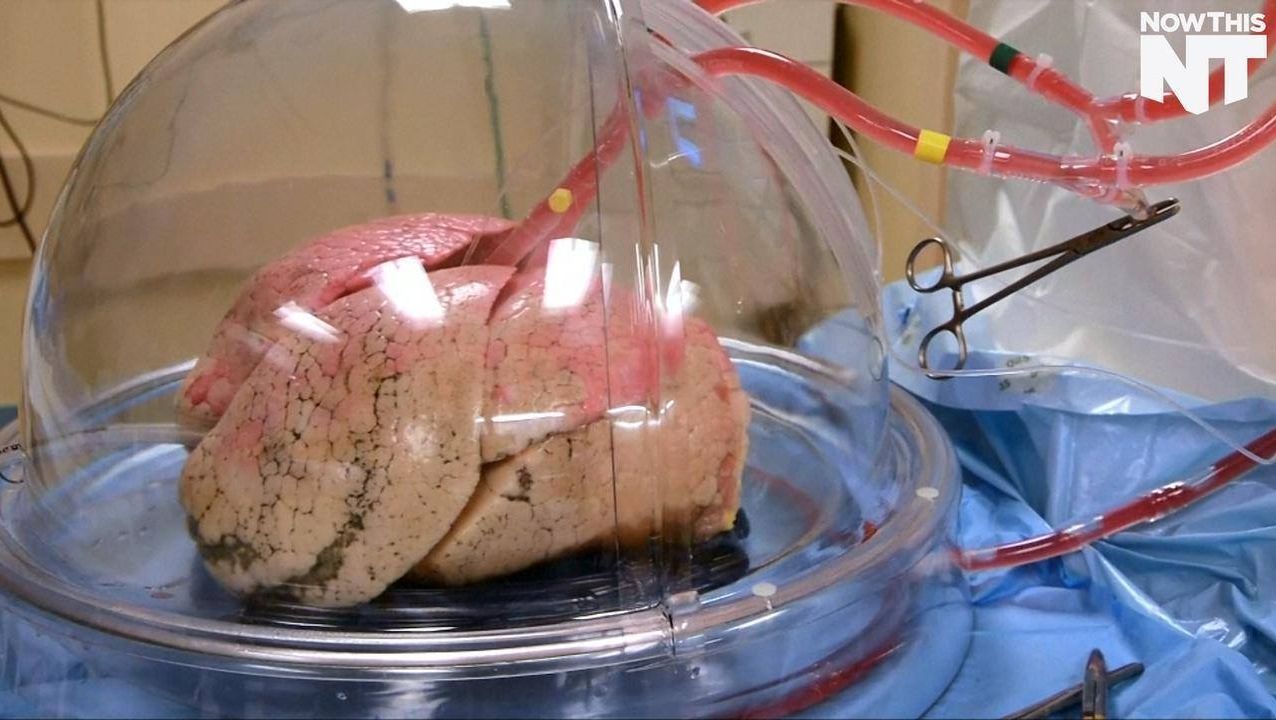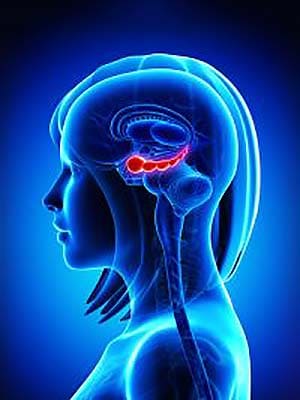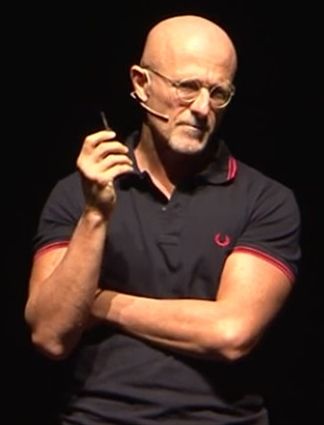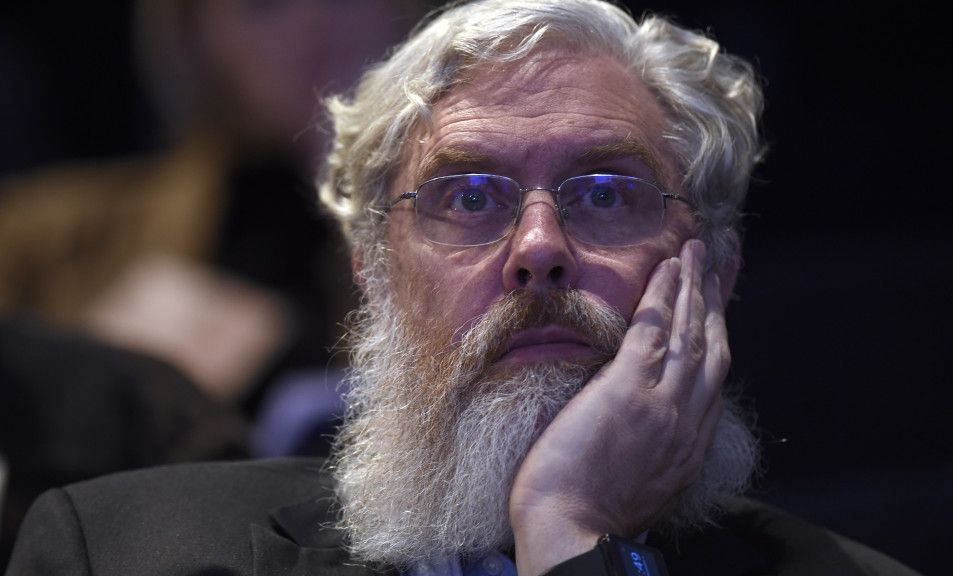Biologists have identified the one gene that caused the evolution of single-celled organisms into multicellularity, debunking previous theories that several genes were at play. The gene retinoblastoma is also the same gene that is found to be defective in cancer patients, and suppresses tumors.
Category: biotech/medical
CHARLOTTESVILLE, Va., May 17, 2016 — A gene that scientific dogma insists is inactive in adults actually plays a vital role in preventing the underlying cause of most heart attacks and strokes, researchers at the University of Virginia School of Medicine have determined. The discovery opens a new avenue for battling those deadly conditions, and it raises the tantalizing prospect that doctors could use the gene to prevent or delay at least some of the effects of aging.
“Finding a way to augment the expression of this gene in adult cells may have profound implications for promoting health and possibly reversing some of the detrimental effects with aging,” said researcher Gary K. Owens, PhD, director of UVA’s Robert M. Berne Cardiovascular Research Center.
Unexpected Protective Effect
The digital stethoscope lets patients and doctors record cardiac and lung sounds, then stream them to a clinician remotely, storing them for comparisons later
Posted in biotech/medical | Leave a Comment on The digital stethoscope lets patients and doctors record cardiac and lung sounds, then stream them to a clinician remotely, storing them for comparisons later
Interesting read on PTSD. Wonder how much this plays into DARPA’s own research around memory removal on PTSD patients. hmmm.
New research suggests that PTSD patients with a larger region of the brain that helps distinguish between safety and threat are more likely to respond to exposure-based therapy.
The study expands upon prior research that discovered having a smaller hippocampus is associated with increased risk of PTSD.
In the current study, researchers at Columbia University Medical Center (CUMC) and New York State Psychiatric Institute (NYSPI), examined the relationship between hippocampus volume, and response to treatment in 50 participants with PTSD and 36 trauma-exposed healthy controls.
The crew of the Proteus has one desperate chance to save a mans life. Shrunk to the size of a large bacterium, the submarine contains a team of scientists and physicians racing to destroy a blood clot in the brain of a Soviet defector. The group journeys through the body, evading giant white blood cells and tiny antibodies while traveling through the heart, the inner ear and the brain to reach and destroy the blockage.
Although events in the film Fantastic Voyage were far-fetched when it was released in 1966, theyre now being realized every day in labs around the world, particularly in cancer treatment. A growing field called nanotechnology is allowing researchers to manipulate molecules and structures much smaller than a single cell to enhance our ability to see, monitor and destroy cancer cells in the body.
Tens of thousands of patients have already received chemotherapy drugs delivered by nanoparticles called liposomes, and dozens of other approaches are currently in clinical trials. Within the next five to 10 years, our bodies biggest defenders may be tinier than we could have ever imagined.
Nice!
Our skin is our largest organ. A gateway between our brain and the rest of the world.
Imagine then a scene where skin could communicate what’s going on inside a human body. It could inform surgeons, provide alerts when our body is about to fall ill, or even diagnose diseases inside another human being, simply through the sense of touch.
University of Tokyo scientist Takao Someya is making that scene a reality.
New MMTP Interview on Fightaging! discussing longevity, advocacy and the urgent need to support research!
By way of following on from today’s AMA over at /r/futurology, I recently had the chance to ask a few questions of the Major Mouse Testing Program (MMTP) volunteers, a mix of scientists and advocates who aim to do their part to speed up progress towards effective treatments for the causes of aging. The group formed six months ago or so, and are presently seeking funds for their first mouse studies through crowdfunding with the Lifespan.io organization. The initial focus is on senolytic treatments capable of removing senescent cells from old tissues. I encourage you all to take a look at the details of their research proposal.
Growth in the number of dysfunctional, senescent cells is a contributing cause of degenerative aging, involved in the progression and pathology of all of the common age-related diseases. A growing body of evidence supports the outright removal approach as a way to minimize or eliminate this portion of the aging process. Unfortunately there is — as ever in the aging research field — a paucity of funding and always the need for more and better animal data in order to pull in other players with deep pockets. At this stage in the progression from laboratory to clinic, prior to the involvement of any large institutions or companies, all such efforts are important work. I’m pleased to have been able to contribute to this Major Mouse Testing Program fundraiser, and hope to see great things from this group in the future.
How did the Major Mouse Testing Program come about? How did you meet and what made you decide to undertake this particular project?
Elena: I have been collaborating with the International Longevity Alliance (ILA) for about 3 years. It is an international non-for-profit organization with the head office in Paris, our goal is to support innovative biomedical technologies to address aging. At the beginning, the core team had a lot of discussions with other pro-longevity organizations and with the scientific community to identify the bottlenecks that impede the development of the technologies to slow down, postpone and reverse age-related damage to health. And we learned that one of the barriers was the deficiency in robust animal trials for a long list of promising interventions. Then one of the Founding Board Members, Edouard Debonneuil, came in with the idea that the ILA could start its own fundraising project to support this kind of research. This is how MMTP was started.









